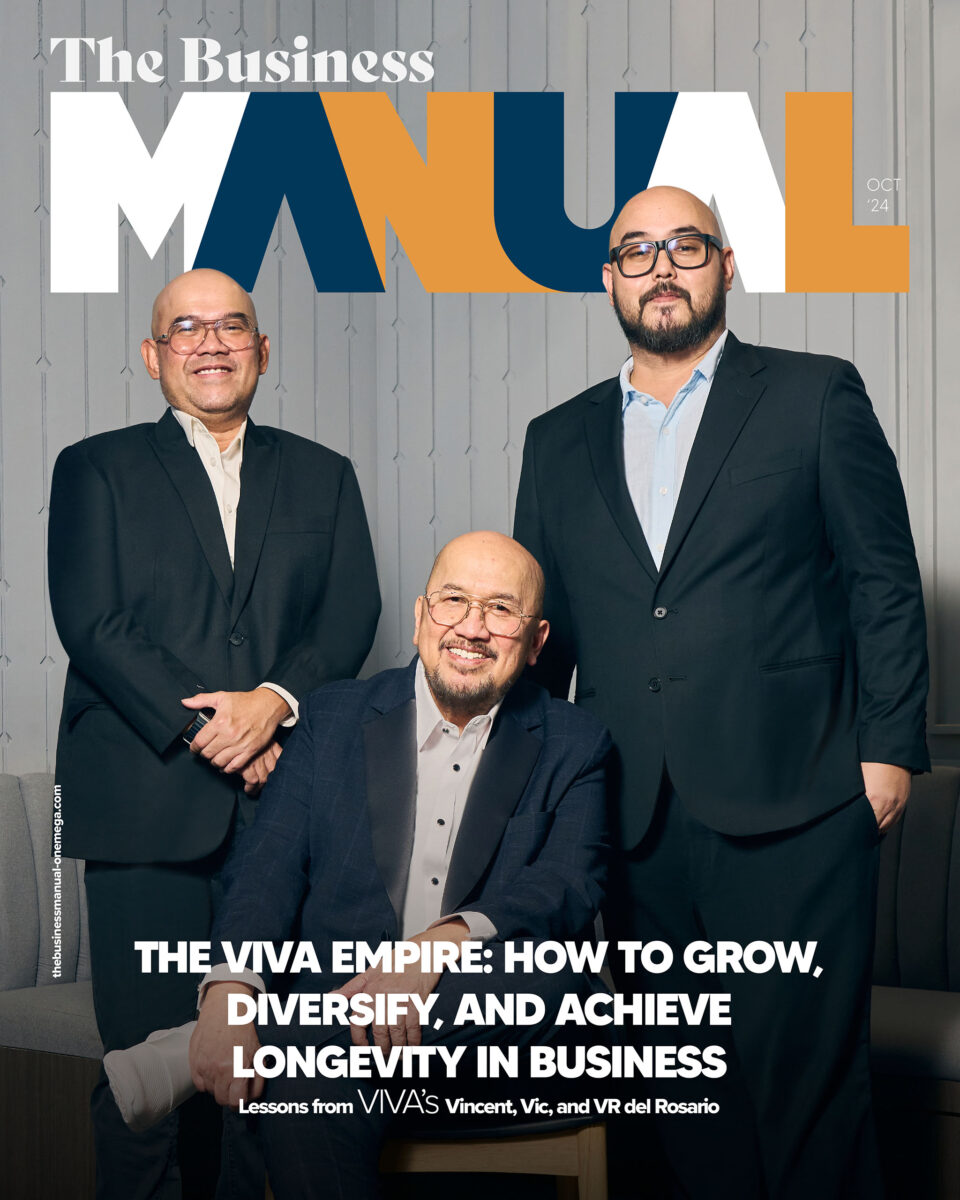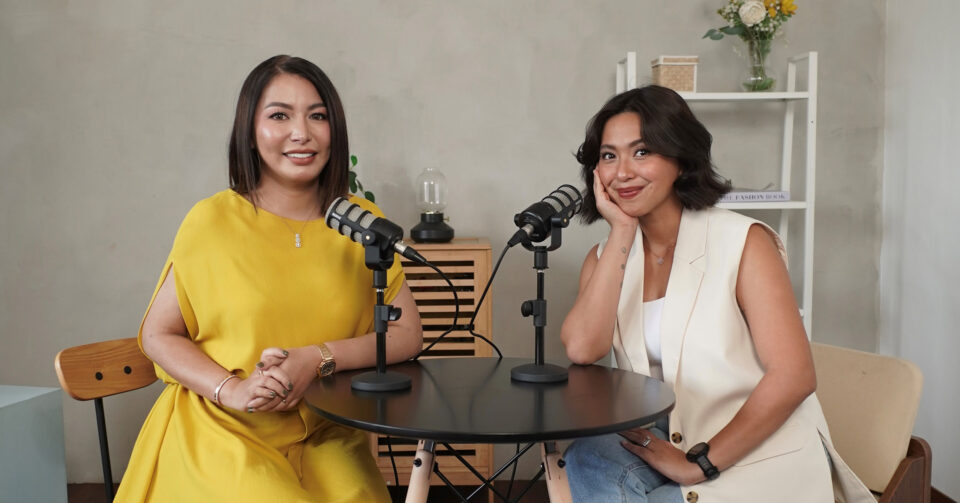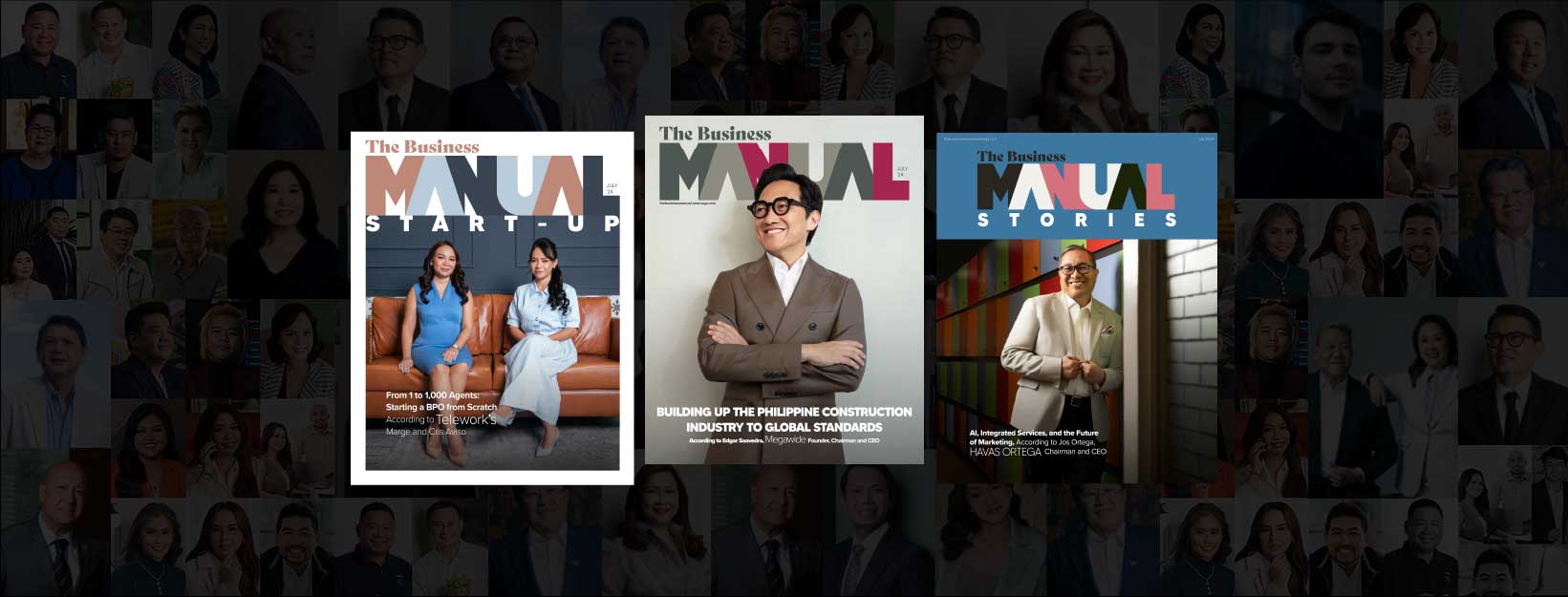Vogue Philippines Heralds the Revival of Print With its First Issue
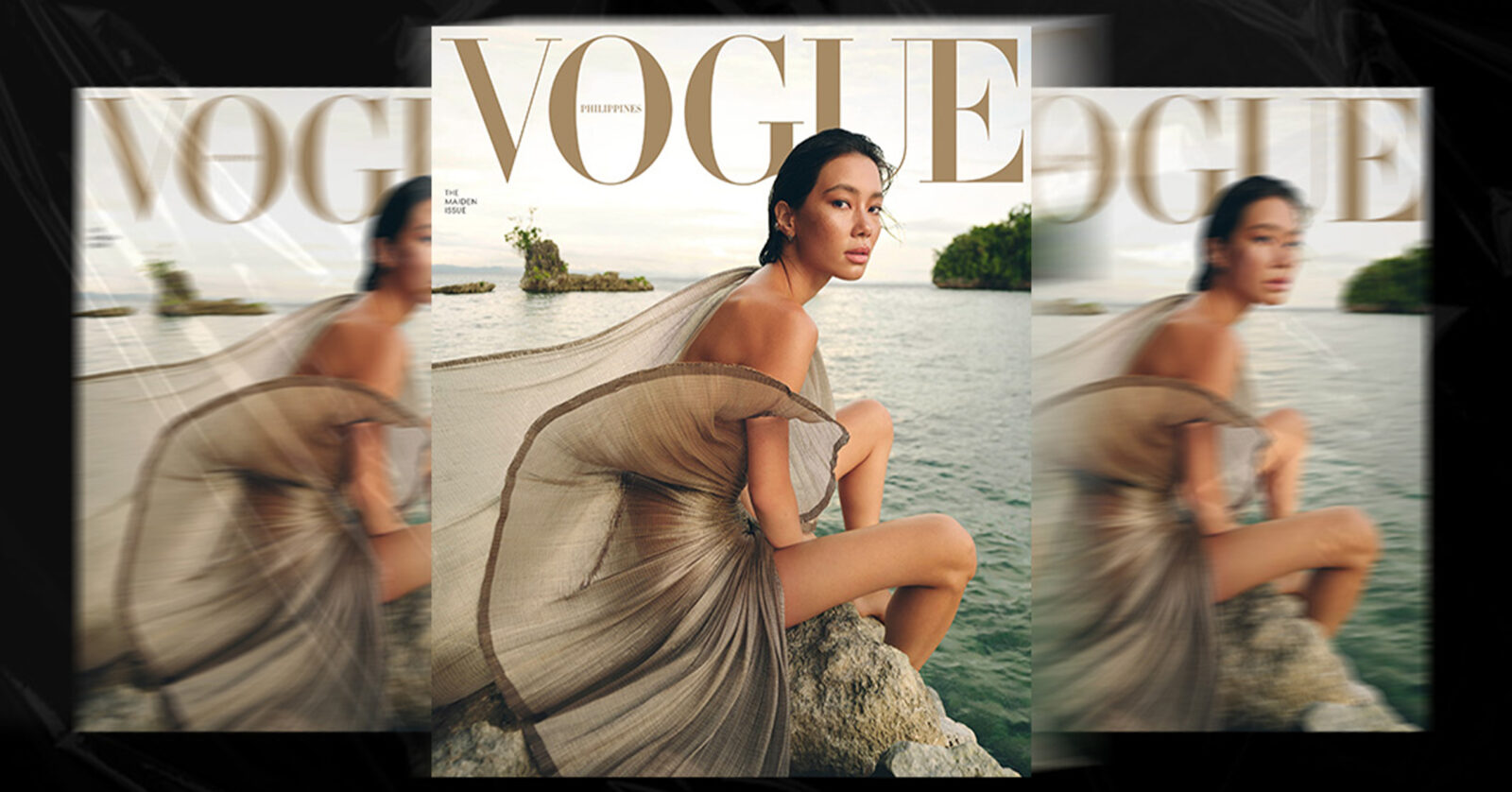
In a digital-driven world, Vogue Philippines makes a splash on local shores with its first-ever print issue—and here’s what we know about it.
The publishing industry has seen its glory days with glossy magazine spreads filled with elegantly woven narratives and photos—copy after copy lining shelves in stores across the nation. But with the advent of technology and smartphones, those days of flipping the pages of a glossy are gone. Instead, readers can be found tapping on smartphones or clicking away on computers.
With that transition, long-form stories are being replaced with bite-sized anecdotes—splashed on websites aplenty. Readers now get their information just as easily from their phones, and in quick bursts, too! Thus, titles are now challenged to capture an audience with a shorter attention span.
While this new form of reading is readily embraced by many, especially a younger generation, it too kills an industry. On one end, the internet is home to information, but when done wrong, it can be a cesspool of fake news and lies. As for print companies, they lose business when monthly issues are no longer printed.
In these challenging times for print—compounded by the ongoing pandemic—the team of Vogue Philippines did the impossible and debuted here in the country. But what else can we expect from the brand and its first-ever issue? We learn all these and more in this exclusive interview.
The Revival of Print
Print is dead, print is dead. These ominous words made a splash all over the internet, thus dimming the hopes of many. But what exactly drove the team to do the impossible? “Our founder, Sari Yap, told me that the best time to create something beautiful is during adversity,” Mega Global Licensing Inc. (MGLI) President Suki Salvador explains. “When somebody makes a big move, during a time that is terrifying or very scary, that is when everyone will follow.”
“We felt like bringing Vogue Philippines into the country was a bold move in such a difficult time, [but] we felt that it would spark energy. I feel that is the energy that Vogue Philippines will bring to the publishing industry and also in fashion and beauty in general in the Philippines,” he adds.
Much like a ripple effect, the launch of Vogue Philippines sparked a revival in the publishing industry. “When we were meeting with our printers, they were very emotional and excited when we thought about printing with them. They haven’t had any business for a really long time—certainly not like in the 2005s or 2010s,” he says, adding that even their fellow suppliers and clients were excited about the launch.
Talking to a New Generation of Readers
Believing that print is more cyclical—much like fashion—Salvador explains that Vogue Philippines will reach a new kind of audience. “Sometimes, it will quiet down, like sometime from 2015 to 2020, we saw it plummet. But we feel like there is a new generation of readers—people who like to touch books because there is so much garbage online. We feel that they are the ones we will start to talk to, and hopefully, they will start to pick up a magazine instead of an iPad.”
“If you have a strong product—a story—it will be read,” he adds. “I think that’s what the Vogue brand has been doing for the past 130 years. Somehow, there’s always magic in what we put out, and I think this will continue for Vogue Philippines because it always keeps in mind the future generation—whether it’s about sustainability or making the pages breathe so that it’s easily digestible. It’s all these things that we thought about to make sure that he, she, they, and they are on board.”
In a time where digital fatigue and digital trolls are present, the brand aims to bring back readers to a more comforting time—to print. “One of the long-term visions we have is to make Vogue Philippines a platform to show that print is not dead. It should remain—it can co-exist but it has its own stories. It’s tactile, it’s effective, the stories are longer and you keep it closest to your heart,” Valdes opines.
Despite being a heritage brand, Vogue Philippines seeks to remain relevant in these modern times. How? “You’ll see us on Instagram, Facebook, and TikTok,” Salvador explains. “The beauty of working with the best of the world is that we can tell [our stories] in a way that will be relevant to you.”
“It’s going to be fun, it’s going to be exciting. If you’re reading our magazine, we want you to feel relaxed on your couch or in your salon. We want you to be able to feel that relaxation that a magazine is intended for,” he adds. “I think keeping these behaviors in mind has been our top priority, and that’s why we don’t have layouts that are too stressful to look at.”
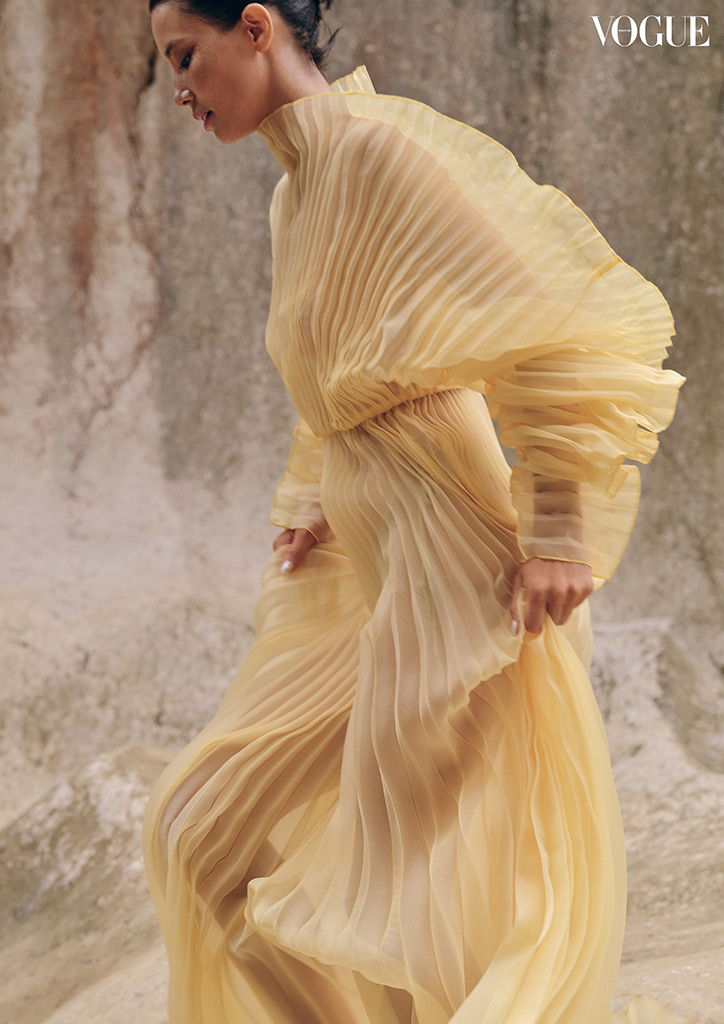
Bringing Philippine Fashion to New Heights
Aside from a revival in the world of publishing, Vogue Philippines seeks to foremost champion Philippine fashion on a global scale.
Choosing not just to highlight the glitz and glamor of fashion, the brand aims to cover the whole spectrum. “We would like to focus on as many aspects as possible,” shares Vogue Philippines’ editor-in-chief, Bea Valdes. “So much of it is focused on what you see in print, but I think the stories are so much broader. From the manufacturers to the way that yarns are made, to the Philippine farmers, and the whole society as well. Those are the sub-stories that we’d like to bring forward”
As one of the many international editions of Vogue, Vogue Philippines must create an identity that uniquely sets it apart from its counterparts. While the US version is more celebrity-driven and Vogue Portugal is more conceptual in nature, Vogue Philippines plans to set the tone based on character—on being inherently Filipino. “We use that as a guide. We are focused on malasakit (deep empathy), [and] on bayanihan (community). We are focused on this inherent sense of optimism and joy and I think that’s very much the tone of the magazine.”
“To put it to the lens of fashion, we want to crystallize the Philippine fashion identity to the local and global audience,” MGLI’s COO Rhoda Campos-Aldanese adds. “And it is to also discover emerging talents and to nurture the industry. Lastly, it is to simply bring art and the business of fashion to the whole community. It’s about lifting up the whole industry in every single way we can.”
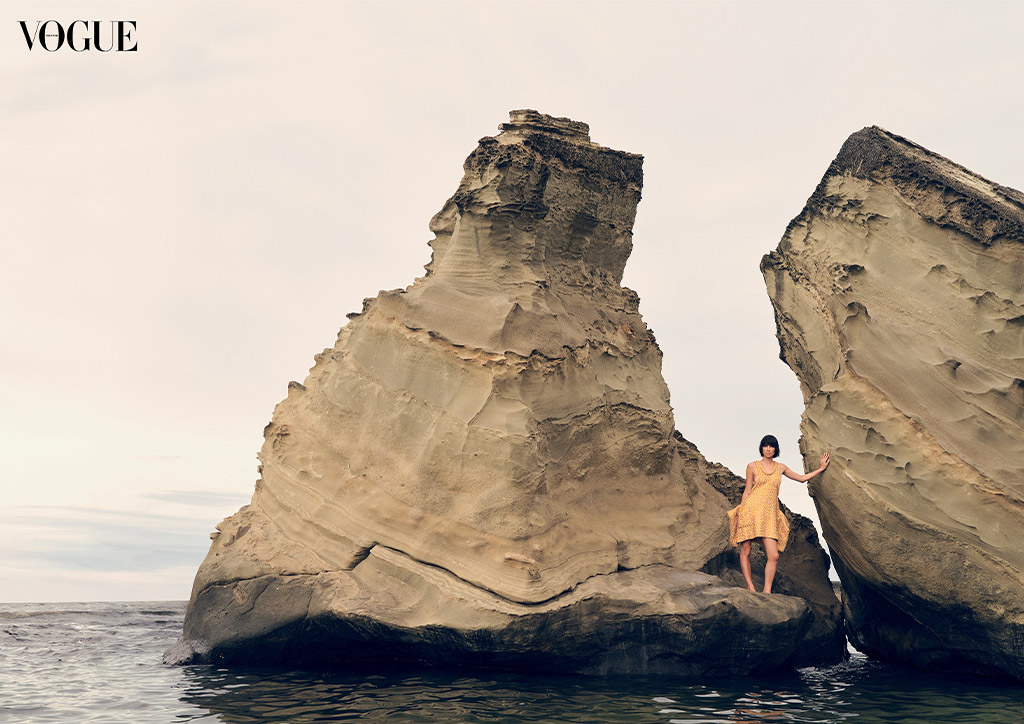
Vogue Philippines: The Maiden Issue
The debut of a new publication goes hand-in-hand with its maiden issue—one that sets the tone for the whole brand. And with all eyes on the launch of Vogue Philippines, many are wondering which personality will be the first to grace this glossy. For Vogue Philippines’ first issue, the cover story features Filipino-American model, Chloe Magno, whose roots are from Davao.
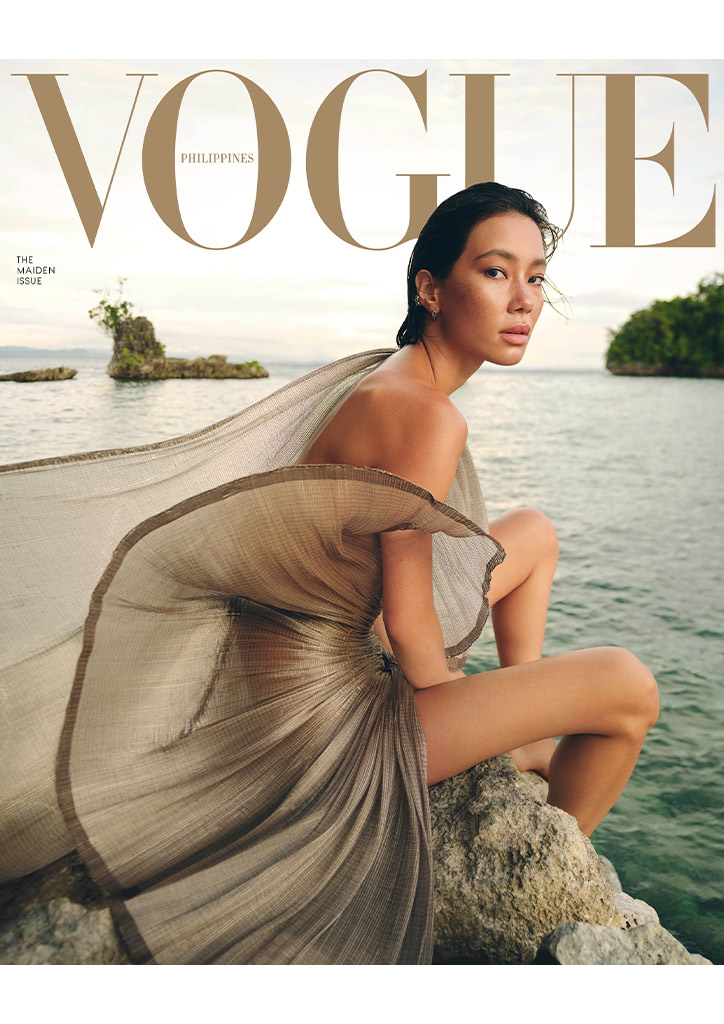
Rajo Laurel nylon and abaca dress.
With photos shot by Sharif Hamza—a British-born half-Filipino, half-Egyptian photographer—the 36-page cover feature shows Magno floating in the lagoons of Bucas Grande, Surigao del Norte, exploring the otherworldly rock formations of Biri Island, Northern Samar, and conquering the marble boulders at Tinipak River, Rizal. What’s more, these captured photos feature her dressed in pieces by both international couture labels and local indie darlings.
Highlights in this maiden issue include a futuristic take on the terno—the traditional silhouette symbolic of Philippine national dress as interpreted by contemporary and cutting-edge Filipino designers; a feature on the next wave of emerging talent who are pushing the boundaries of fashion by creating gender-disruptive clothing and diving deep into Filipino heritage; and an accessories story that celebrates the history of craft and artisanship inherent in the country’s latest must-haves baubles and bags.
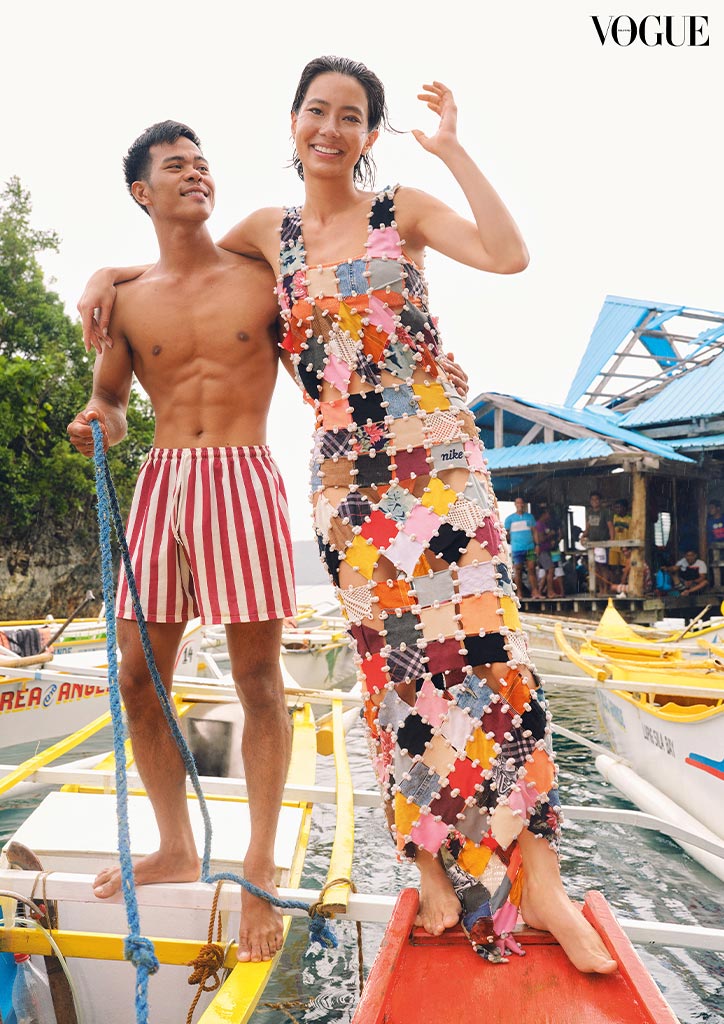
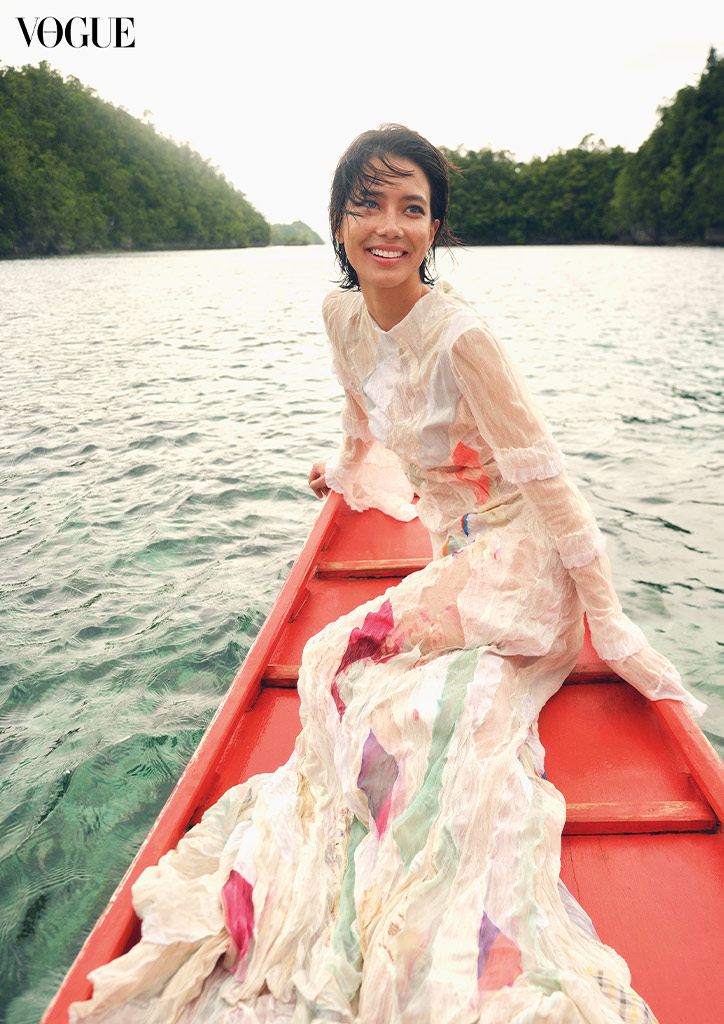
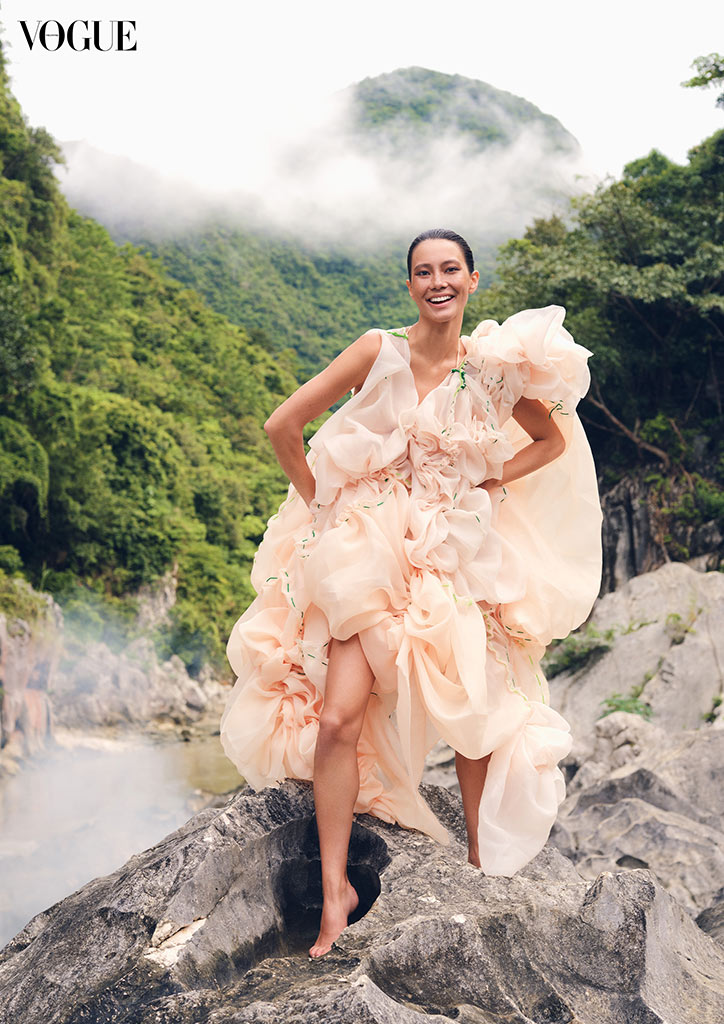
“Through the content in Vogue Philippines and its platforms, we hope to showcase the Philippine fashion identity, by connecting us to the global community. Vogue remains the most powerful platform for fashion’s emerging talents and their diverse perspectives. It has always been at the crest of new aesthetics and mindsets, and we are thrilled to join the fold,” says Vogue Philippines’ editor-in-chief.
By giving a distinctly Vogue Philippines identity to the title, Valdes says, “The maiden issue explores the concept of identity—what it is to be fashioned and shaped by our environment, our landscapes and by the people we cherish. It speaks of sustainable mindsets, in our own terms. It is filled with hometown heroes and global dreams—all seen through Vogue’s unique lens.”
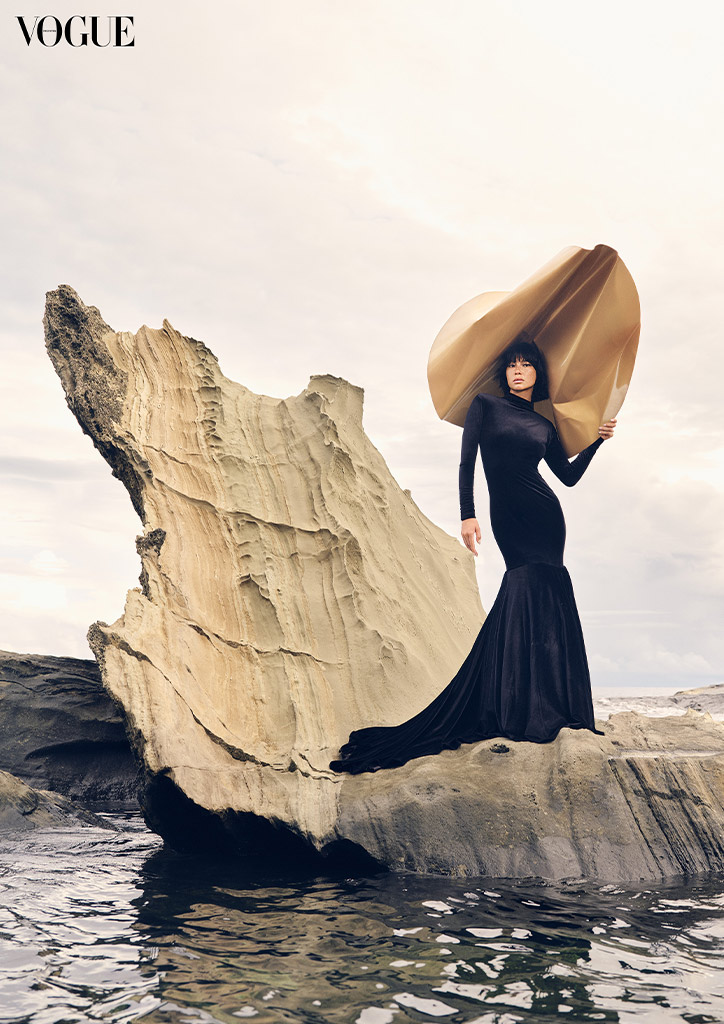
Island, Northern Samar.
RELATED ARTICLES:
Meet the Senior Editors of Vogue Philippines
LOOK: Bea Valdes is Named Editor-in-Chief of Vogue Philippines
From New York to the Philippines: Vogue Goes Local in 2022
Vogue Philippines is published under a license agreement between Condé Nast and MEGA Global Licensing. Inc. Condé Nast’s media licensing business publishes editions of the global media company’s iconic brands with local partners around the world.
Visit vogue.ph and follow @voguephilippines on Instagram, Facebook, Tiktok, and @vogueph on Twitter.
